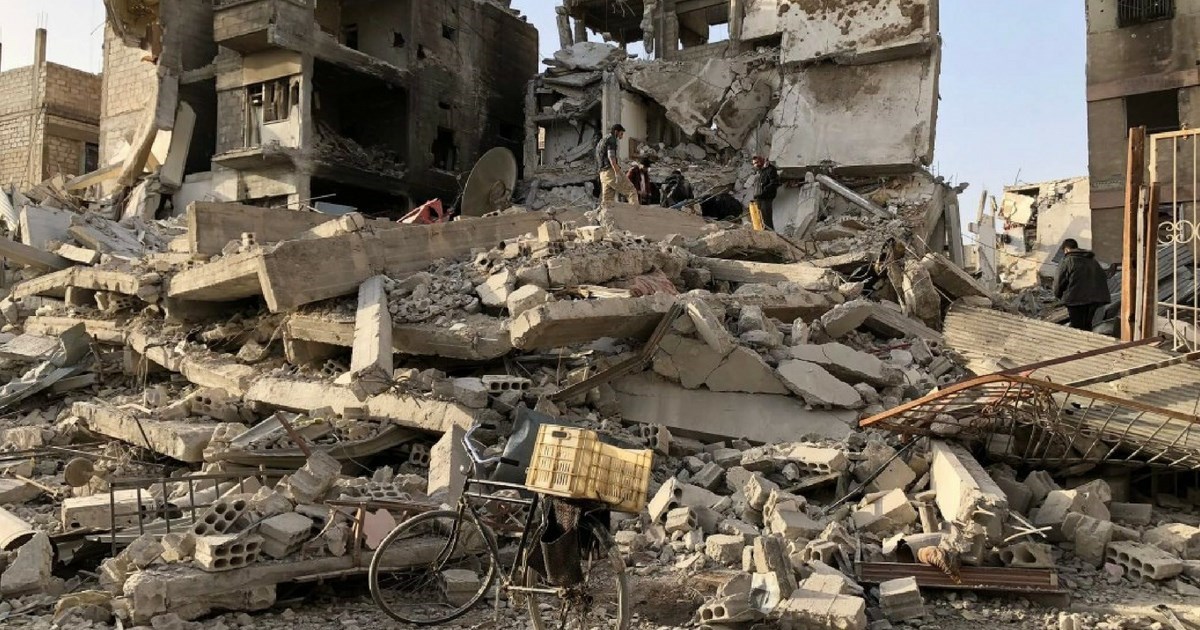Humanitarian Impact of War: Navigating Global Crises


Navigating the Shadows: Humanitarian Impact of War
Understanding the Human Toll
The humanitarian impact of war extends far beyond the battleground, touching the lives of countless individuals and communities. This exploration begins by delving into the profound human toll of armed conflicts, shedding light on the displacement, suffering, and challenges faced by those caught in the midst of war.
Displacement and Refugee Crisis
War often leads to mass displacement, creating a refugee crisis that amplifies the humanitarian impact. This section examines the experiences of displaced populations, the challenges they face in seeking refuge, and the strain on host nations and humanitarian organizations tasked with providing assistance in the wake of displacement.
Access to Essential Services
One of the immediate consequences of conflict is the disruption of essential services. The article explores how war disrupts access to healthcare, education, clean water, and other fundamental services. The humanitarian impact is magnified as communities grapple with the consequences of a fractured infrastructure and the challenges of rebuilding in the aftermath of conflict.
Trauma and Mental Health Challenges
The psychological toll of war is a significant aspect of the humanitarian impact. This section delves into the trauma experienced by individuals, especially children, and the mental health challenges that persist long after the physical conflict subsides. Understanding the profound emotional scars helps illuminate the broader humanitarian consequences.
Humanitarian Aid and Relief Efforts
Amidst the chaos of war, humanitarian aid and relief efforts play a crucial role in alleviating suffering. The article examines how organizations and volunteers mobilize to provide emergency assistance, medical care, food, and shelter. It highlights the challenges faced by humanitarian actors in delivering aid to conflict zones and reaching those in need.
Impact on Vulnerable Populations
Certain populations, such as women, children, and the elderly, are particularly vulnerable in times of war. This section focuses on the specific humanitarian challenges faced by these groups, including issues of gender-based violence, child soldier recruitment, and the unique vulnerabilities that demand targeted and sensitive interventions.
Disruption of Cultural Heritage and Communities
Beyond the immediate human impact, war disrupts cultural heritage and communities. The destruction of historical sites, displacement of indigenous populations, and the erosion of cultural identity contribute to the broader humanitarian consequences. Understanding the loss and preservation of cultural heritage is essential for holistic humanitarian efforts.
International Response and Coordination
The article evaluates the international response to the humanitarian impact of war, emphasizing the importance of coordination among nations and organizations. It explores how collaborative efforts can enhance the effectiveness of humanitarian response, ensuring a more comprehensive and timely delivery of aid to those affected by conflict.
Long-Term Rehabilitation and Reconstruction
As conflicts subside, the long-term rehabilitation and reconstruction efforts become paramount. This section discusses the challenges and strategies involved in rebuilding societies, restoring infrastructure, and addressing the lasting impact on communities. Humanitarian efforts extend beyond immediate relief to fostering sustainable recovery.
Advocacy for Peace and Conflict Prevention
In conclusion, the article advocates for a broader perspective on humanitarian impact—one that includes proactive measures for peace and conflict prevention. It emphasizes the role of advocacy, diplomacy, and international cooperation in preventing the recurrence of conflict and mitigating the enduring humanitarian consequences that wars leave in their wake.
For more information on the Humanitarian Impact of War and global initiatives for peace, visit servicesrecommended.com.







